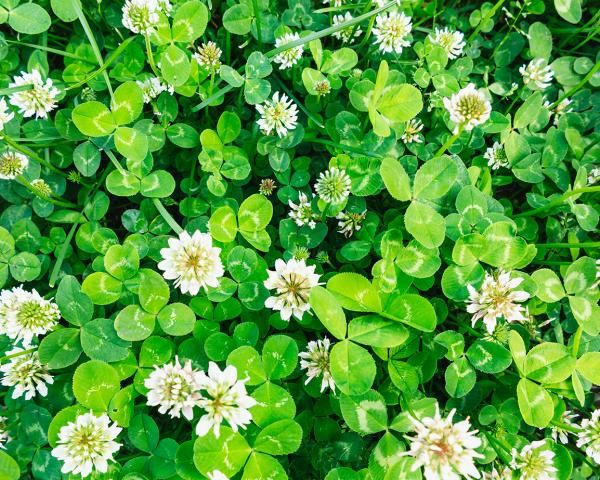Instructor Nick Deacon Co-authors Science Article on White Clover Plants
Instructor Nick Deacon, along with Minneapolis College Biology students, have contributed to a research paper in the American Association for the Advancement of Science (AAAS) publication, Science. Deacon is co-author, and the students are acknowledged for their collaborative work in the lab. The following is a summary of the article, supplied by AAAS.
Urbanization drives many white clover plants worldwide to produce less of an antiherbivore defense chemical
In a global survey of white clover – a widely distributed cosmopolitan plant common in many rural and urban areas worldwide – researchers find evidence that clover populations can adapt to urban habitats in similar ways across cities. Namely, clovers in many urbanized environments tended to produce less of a chemical meant to defend against herbivores, the researchers found.
“Urbanization is increasingly transforming rural and natural environments into ecosystems that Earth’s biodiversity has never experienced, and these changes are altering the evolution of life,” write the study’s authors. “If adaptation to urban environments is common, then this could have cascading effects on populations and ecosystems.” Urban development can drastically alter the local environment, creating novel ecosystems that can potentially drive rapid evolution in a wide range of organisms.
A growing body of research shows that urbanization can influence several evolutionary processes. However, while there have been many examples of how urbanization affects genetic drift and gene flow, fewer studies have demonstrated its effects on adaptive evolution. Those that have been conducted have focused mainly on a single or a small number of cities in one geographic region.
To determine whether urban environments drive adaptive evolution in plants in similar ways globally, James Santangelo and colleagues sampled 110,019 white clover plants from 6,169 populations spanning 160 cities throughout the world. Santangelo et al. discovered that rural and urban clover populations produced different amounts of hydrogen cyanide (HCN), an antiherbivore chemical defense molecule, in nearly half of the cities, with higher HCN production more common further from urban centers.
Although the degree of this adaptation varied among cities, the authors suggest that it is likely in response to lowered drought stress and herbivory pressure within cities. Nevertheless, the findings demonstrate that urbanization leads to adaptation at a global scale. This knowledge could help conserve some of Earth’s most vulnerable species, say the authors.
